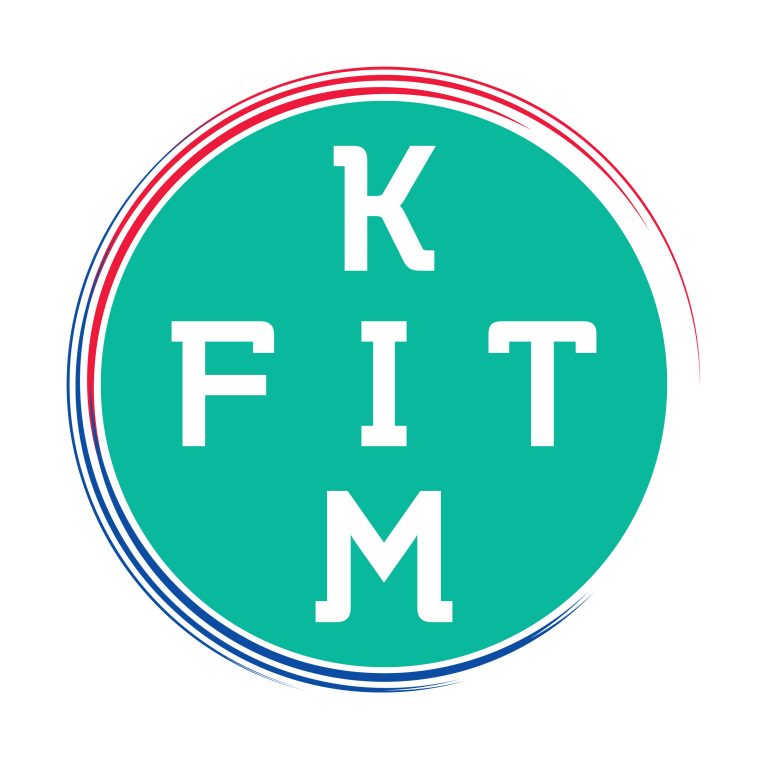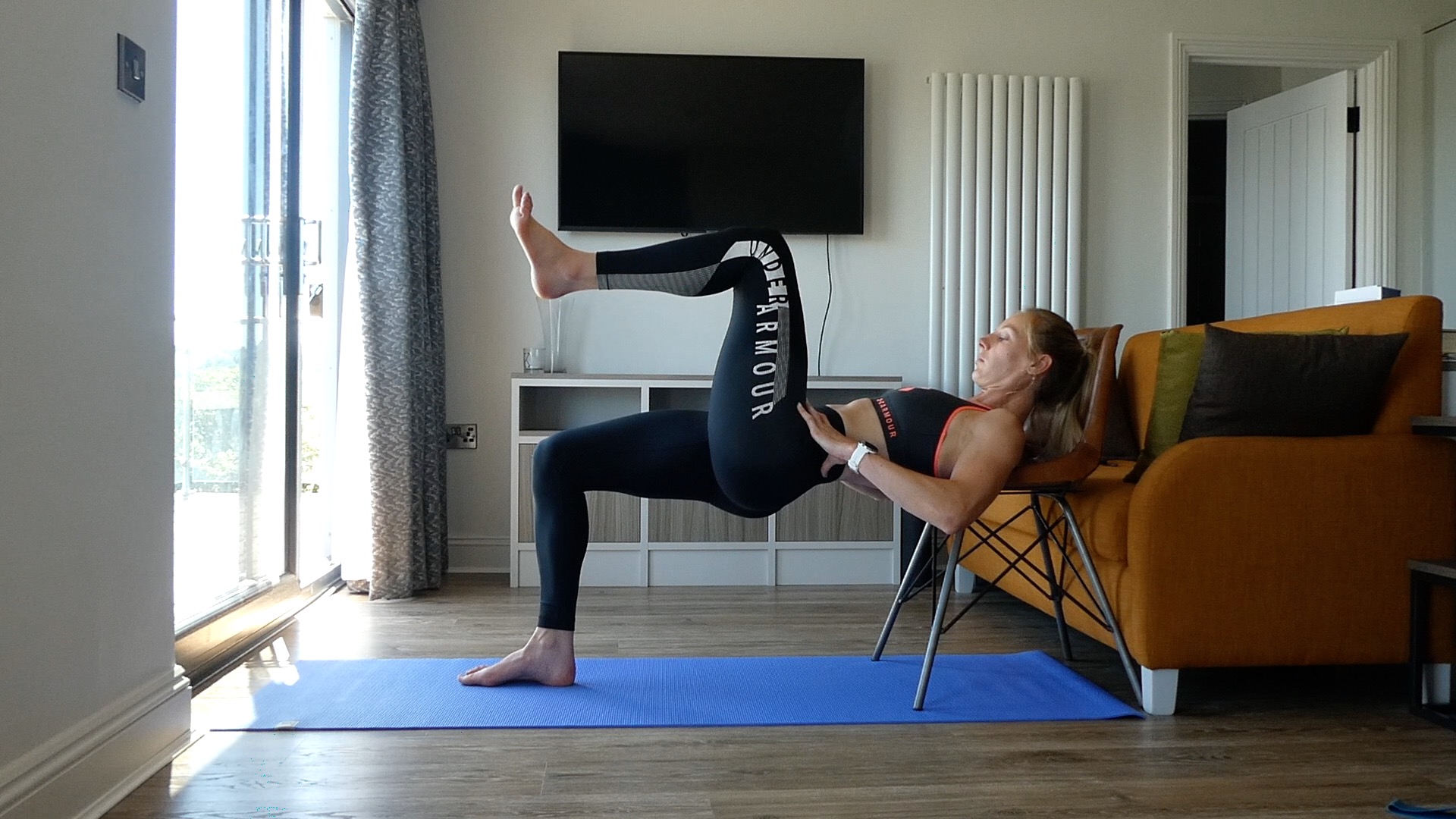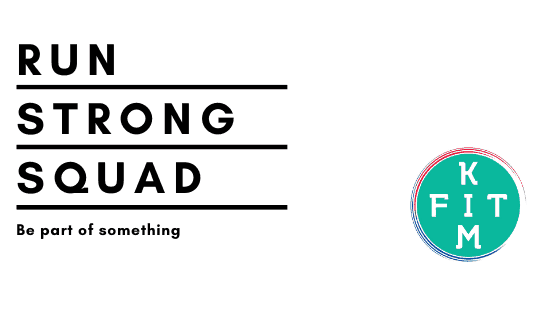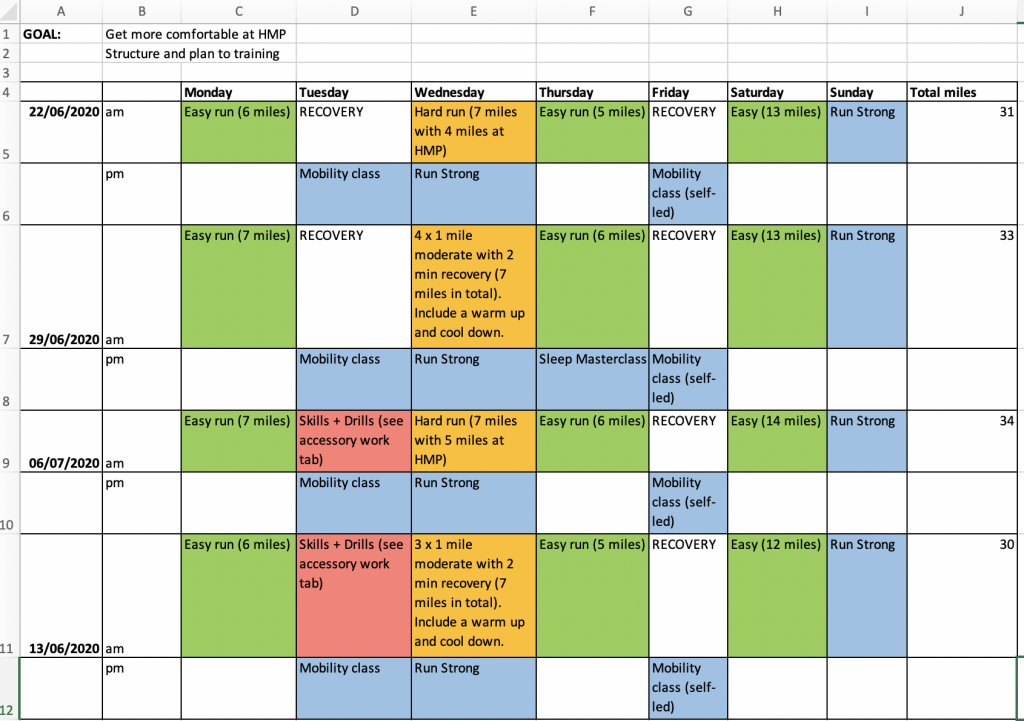How To Maximise Your Strength Training: 11 Tips for Runners
So you’ve decided you want to focus some time and energy into getting stronger. But where should you start with strength training? The internet is a confusing place; and when confronted by an abundance of information we often procrastinate because there’s too much choice and we don’t want to get it wrong.
Here are 11 Tips to Maximise your Strength Training:
1. Include single-leg strength work
Running is basically single-leg repeated impacts. As a runner, you want your training to be specific so including single-leg exercises such as lunges, split squats, as well as single-leg variations of the hip thrust and hamstring bridge can really increase your strength and stability for running. Careful though, single-leg work is more challenging technically so you may want to consider mastering the double-leg version and progressing from there. Below is a video tutorial on how to progress towards a single-leg squat.
2. Find a training buddy
Enlist a friend to train with you. It’ll keep you motivated and accountable – especially on those days when you’d rather just run. You’ll also be able to watch each others technique which will be important for keeping you honest and working safely.
3. Use a professional
There is a science to strength training; and a professional trainer or coach is best placed to program for you in a safe and progressive manner. If you’re new to strength training or wanting to align your strength work with your running I’d recommend investing in professional help. This doesn’t have to be expensive. I offer home-based classes for £3.75 a class through my Run Strong membership.
4. Focus on technique
In order to maximise the work and therefore your results you need to be executing your exercises with proper and safe technique. This is especially important if you’re performing high-rep or adding high-load as you’re at risk of injury. Take some time to understand the movement pattern and muscles you’re targeting in each exercise and check that they’re doing the work. This is where a coach or training partner can come in handy as they can watch you and give you cues as you perform the exercise. Make sure you master the movement before you add load – leave your ego at the door!
5. Plan ahead
Like any training, it should be scheduled in advance. Yes this helps with accountability but it also provides a big picture and can be useful to determine how much, when and what type. The best type of training plan is periodised – training is structured towards an end goal e.g. a race and includes periods of rest to allow for adequate recovery. Aimlessly doing sessions without any thought for what you did the day before or what you’re going to do at the weekend could lead to overtraining, or simply diminish the effects of your workouts.
I provide concurrent training programmes for runners which encompass both strength and running training. Get in touch for more information.
6. Apply progressive overload
In order for your tissues to continually adapt (get stronger) training needs to continually challenge the structures of the body (whilst allowing for appropriate recovery). To achieve this I apply the training principle of progressive overload which means that workouts get progressively harder over time. With regards to strength training this could mean many things: longer time under tension, more resistance, more explosive exercises, or more complex movements are some examples. Basically, if you’re doing the same workout on day 1 as day 30 you haven’t applied this principle and the likelihood is that the workout is now too easy and your training stimulus is not high enough.
7. Train your core
Your ‘core’ is your whole trunk region; not just your six-pack, and it has an important role to play in stabilising and protecting the spine. A stable and neutral spine provides the most efficient platform to optimise movement, transfer force and avoid injury. Your core links your upper and lower body and therefore has a lot of work to do when we run.
This sort of training should form your accessory work and should include spinal flexion, extension, rotation and anti-rotation work as well as work to engage the deep abdominals and gluteus muscles. The video below explains and demonstrates the concept of pelvis control and tilting. Understanding this is crucial for strength training.
8. Get warmed up and down
All workouts just be preceded by a specific warm up. Start with some mobility work that meets the needs of the workout or that addresses your tight spots. After that think about the movements you’re going to perform (another reason to plan your sessions) and include exercises to switch on these muscles and prime the movement patterns.
The video below has some examples of activation exercises for the core, hamstring and glute muscles.
Post-workout cool downs are also important to calm the body down and relieve tension in the muscles. This is the first step of your recovery – don’t bypass it. If your mobility is restricted this sort of training will expose it. Tight hips, immobile ankles and a stiff spine (all common in runners) will make moving into range tricky and some exercises impossible. It is a good idea to include some mobility training around your running and lifting to improve your tight areas. Below is a follow along cool down video to get you started.
9. Invest in (some) equipment
If you’re planning on working out from home (which you totally can), invest in some basic pieces of equipment that will allow you to load the body as you’re ready. Kettlebells are super versatile, as are long loop resistance bands. Don’t feel like you HAVE to sign up to a gym and get under a bar – you can make plenty of gains from home with just a few key pieces of kit. Check out the video below to see the types of lower body exercise you can do with a resistance band.
10. Set some goals
Want to you want to achieve in this space? Do you want to do a push up, a pull up or maybe a pistol squat? Set some skill or load based goals (that are realistic), set yourself a timeframe and go after it. You’ll feel way more motivated to put the work in this way.
11. Just start
Something is better than nothing. Don’t worry about having the perfect plan in place, just start learning the movements and get into a routine. Try to incorporate 1-2 strength sessions a week, focussing on the key muscles used when you run – quads, hamstrings, glutes, calfs, core. You can work for time or reps – it depends on your equipment really. Expect and allow for some soreness after the first few sessions and don’t do a big strength session before your hardest run of the week.
A good place to start would be my Run Strong home workouts. I’ll coach you the correct technique, and you can get used to what a strength workout looks like. No equipment is required as we use bodyweight; so it’s a great way to master the movements from the comfort of your own home. I plan every block in advance so you can trust the workouts are progressive and specific – just turn up and leave the planning to me.
To find out more, click here.
If you enjoyed this post you may like the following:





